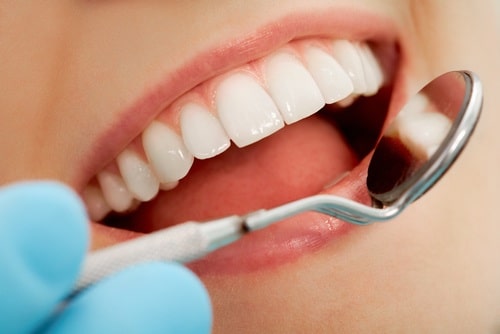Dental Flaws and Cosmetic Bonding
by drrapisarda
When we are consistent with our dental habits, we can usually maintain a healthy mouth, which is great. But, let’s face it; we want our smile to look good, too. The appearance of our smile is what shows to the outside world so, in many ways, it is just as important as our oral health. Just because a mouth is healthy, that doesn’t mean it is free of cosmetic flaws. When these flaws are present, Dr. Robert Rapisarda, a respected Worcester cosmetic dentist, uses dental bonding to correct imperfections and improve patients’ smiles.
When to Use Dental Bonding
Dental bonding is a cosmetic solution. Dental bonding is only used to correct flaws that affect the appearance of your smile. Dental bonding is not a solution for severe damage or tooth decay. Problems that directly affect a patient’s oral health will require restorative dental treatments. Dental bonding can be used to improve the color of a patient’s teeth as well as cover up minor cracks or chips. In some cases, bonding can be used to improve the shape of the teeth or make teeth appear straighter. There are two types of cosmetic bonding; direct composite bonding and adhesive bonding.
Direct Cosmetic Bonding
The term “dental bonding” usually refers to direct composite bonding. This is a procedure in which a composite material is applied directly to the teeth. This is a natural looking material (made to match your tooth color) that can be placed around the edges of the teeth to fill in gaps or build up any edges of the teeth that may have become worn down. The material can also be smoothed over the front surface of the tooth to cover staining, cracks, or chips. Direct cosmetic bonding is the ideal treatment for small areas of cosmetic flaws.
Adhesive Bonding
If you have cosmetic flaws that are more extensive, adhesive bonding is probably a more appropriate solution. Adhesive bonding uses a liquid bonding material to attach a restorative piece to the surface of the teeth. Adhesive bonding is most commonly used for porcelain veneers. As with direct bonding, adhesive bonding can improve your smile by covering up stains, discoloration, or injuries. Because porcelain veneers can be applied to numerous teeth at once, adhesive bonding is best for larger areas of cosmetic flaws.
Alternate Treatments
At Dr. Rapisarda’s practice, cosmetic bonding is just one of the treatments available for cosmetic issues. For our patients in Worcester, teeth whitening is one of the easiest ways to enhance your smile. With professional teeth whitening, you can drastically brighten your smile and eliminate stains. For teeth that have severe aesthetic flaws, dental crowns may be the right solution. Depending on the amount of damage you need to correct, Dr. Rapisarda can recommend the best cosmetic treatment for you.
Schedule an Appointment
There are many quick and painless procedures that can greatly improve your smile. If you would like to restore your teeth to their natural beauty, schedule an appointment with Dr. Robert Rapisarda to learn more about our cosmetic dentistry treatments.
Dental Flaws and Cosmetic Bonding Read More »

